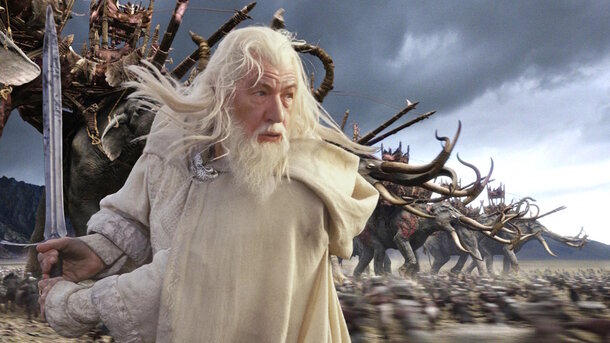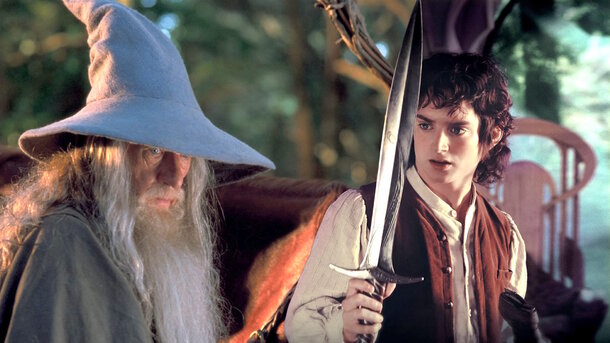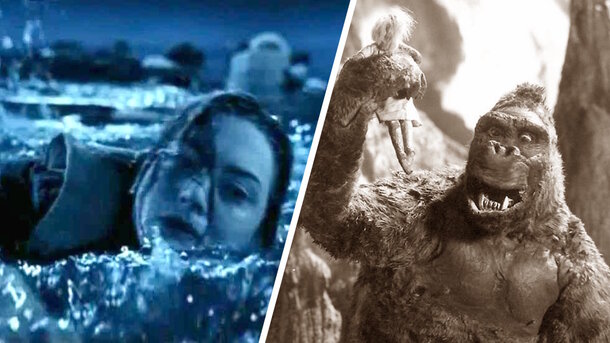Peter Jackson’s adaptation impresses with its dynamic storytelling and seamless time compression, but in J.R.R. Tolkien’s original novel, things played out quite differently. Between Bilbo passing the One Ring to Frodo and Frodo’s departure from the Shire, a staggering 17 years passed. This significant deviation raises questions: Why did Tolkien include such a long delay, and how did Jackson handle this change for the film?
Seventeen Years of Waiting
Tolkien’s writing was never rushed. His books, filled with vivid descriptions of Middle-earth’s landscapes, the daily life of hobbits, and the gradual rise of danger, reflected a natural passage of time. Frodo received the Ring on his 33rd birthday but didn’t leave the Shire until he turned 50. During this time, life in the Shire remained peaceful, while Gandalf was off searching for the truth about the Ring.

What Was Gandalf Doing?
Gandalf spent these years tracking Gollum and studying ancient scrolls to confirm whether Frodo’s Ring was indeed the One Ring. Gathering this evidence took time, allowing the wizard to uncover the growing threat of Sauron and prepare Frodo for the perils ahead.
Why Did the Film Remove the 17-Year Gap?
Peter Jackson drastically shortened this period to heighten the sense of urgency. In the film, Gandalf returns to the Shire immediately after his research and tells Frodo that he must leave at once. This choice amplifies the looming danger of the Ring and keeps the pacing tight.

Had the film followed the book’s timeline exactly, audiences would have witnessed nearly two decades of buildup filled with exposition and secondary events. This would have slowed the narrative and potentially alienated viewers. Jackson’s adaptation skillfully condensed the timeline while preserving the emotional weight of the story, ensuring that the urgency of Frodo’s journey remained at the forefront.











